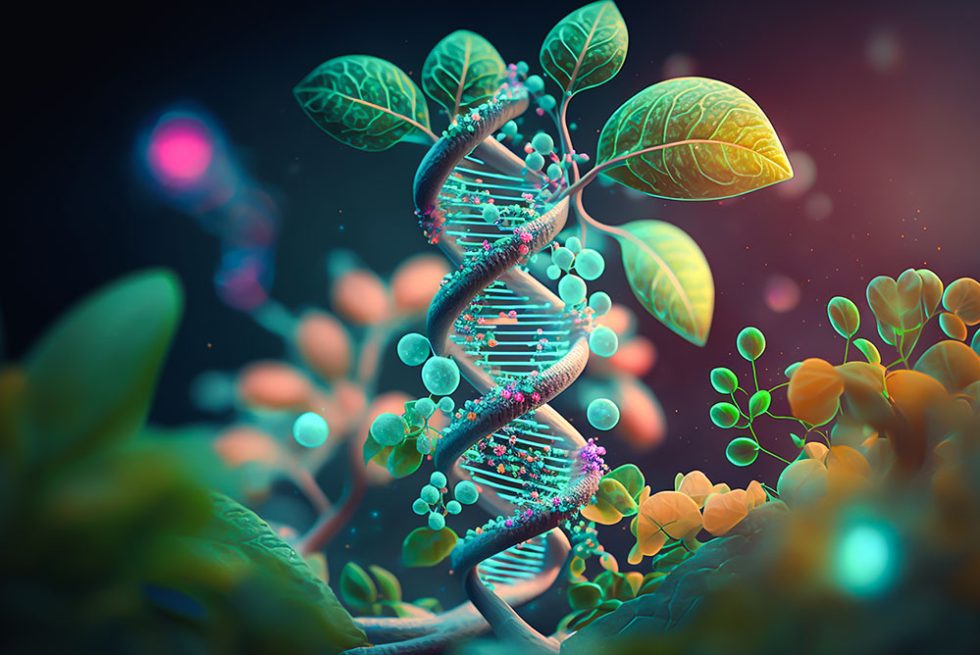It is an exciting time to be working on life sciences ESG programs
My first job out of college in 1980, was to manage new microcomputers that were purchased by the University of Wisconsin Agricultural Department. The Ag Department was riddled with life sciences Environmental, Social and Governance risks. One of the first things I was asked to do was to write a program for a professor who knew how to predict potato blight based on environmental factors such as temperature, humidity, rainfall, wind, and soil conditions. Potato blight could not only destroy a crop in Wisconsin, it was the primary factor in a European famine resulting in the deaths of approximately 45,000 people.
With his help Wisconsin potato farmers could spray less, to help the environment and save money, when conditions were not ideal for blight. The program would also suggest spraying more when conditions were right for blight and save the farmers crop so they could help feed people. I would like to think I was an AI ESG pioneer 43 years ahead of my time. The truth is I was clueless and lucky to be around pioneers in the life sciences, ESG and AI fields.
The following is an excellent description of life sciences produced by ChatGPT. As you read through it, do so through the lens of Environmental, Social and Governance risks.
Life sciences is a broad field that encompasses the study of living organisms and their interactions with the environment. It includes various scientific disciplines such as biology, biochemistry, genetics, pharmacology, ecology, and others. Life sciences research is aimed at advancing our understanding of living systems and developing new therapies, medicines, and technologies to improve human health, agriculture, and the environment. Some of the key areas of focus within life sciences include molecular biology, biotechnology, genetics, neuroscience, ecology, and microbiology.
Life sciences is replete with ESG risks including, but not limited to, environmental compliance, intellectual property, data privacy, regulatory compliance and anti-bribery (particularly when operating in foreign countries.) The implementation of an effective ESG program in life sciences will help sustainability efforts, improve reputation, risk management, innovation and mitigate the aforementioned compliance risks. Innovations related to ESG from the life sciences include, renewable energy technologies, sustainable agriculture products, health and wellness, water and waste management products, and environmental testing/monitoring products.
Between the time I wrote the potato blight forecasting program for the University of Wisconsin and now…we have had significant progress in addressing environmental, social and governance risks. The evolution of AI, a tool that can significantly help us in our ESG efforts, is breathtaking. This is truly an exciting time to be working in the development of life sciences ESG programs to help make the world a better place.



Recent Comments